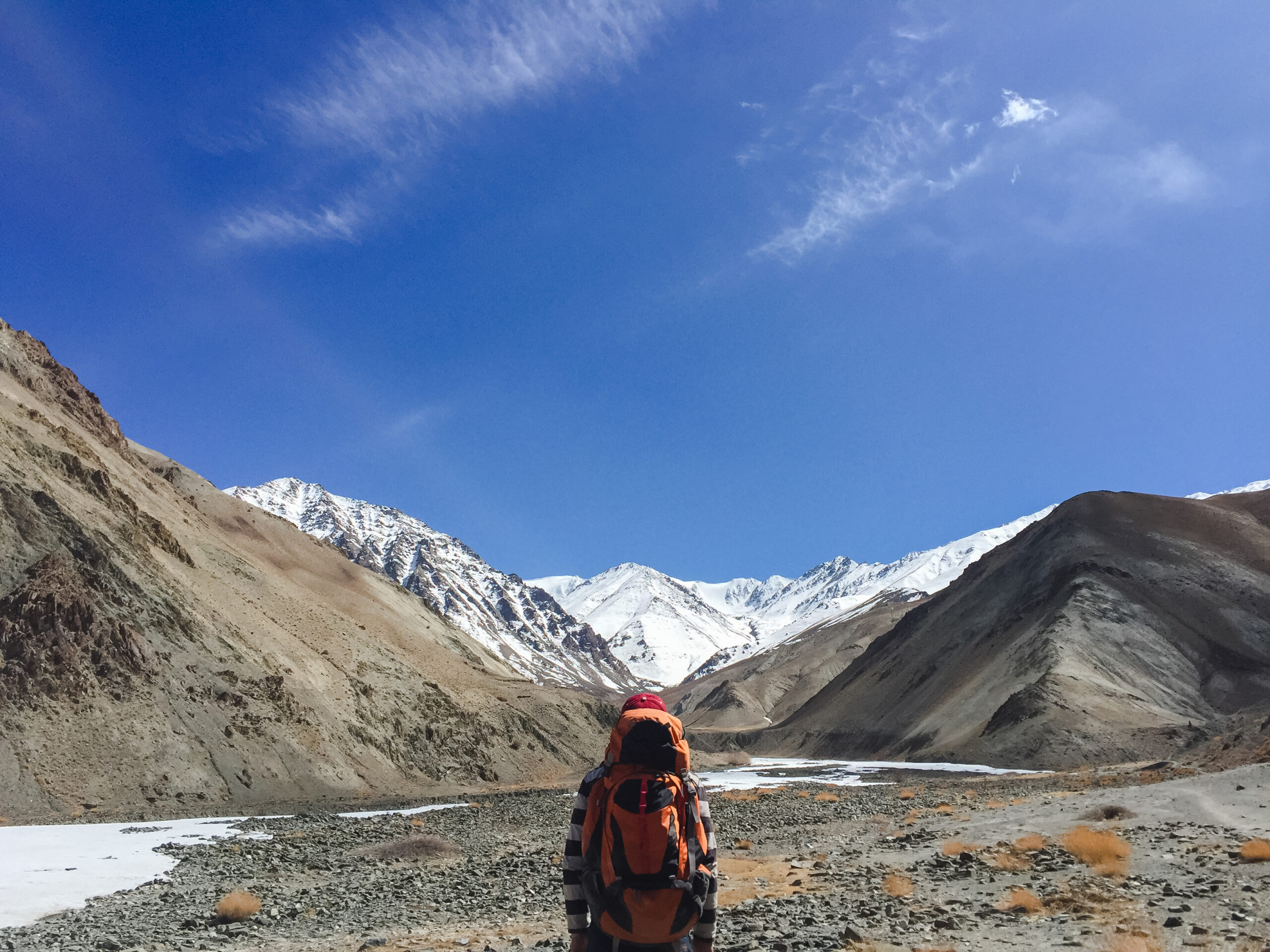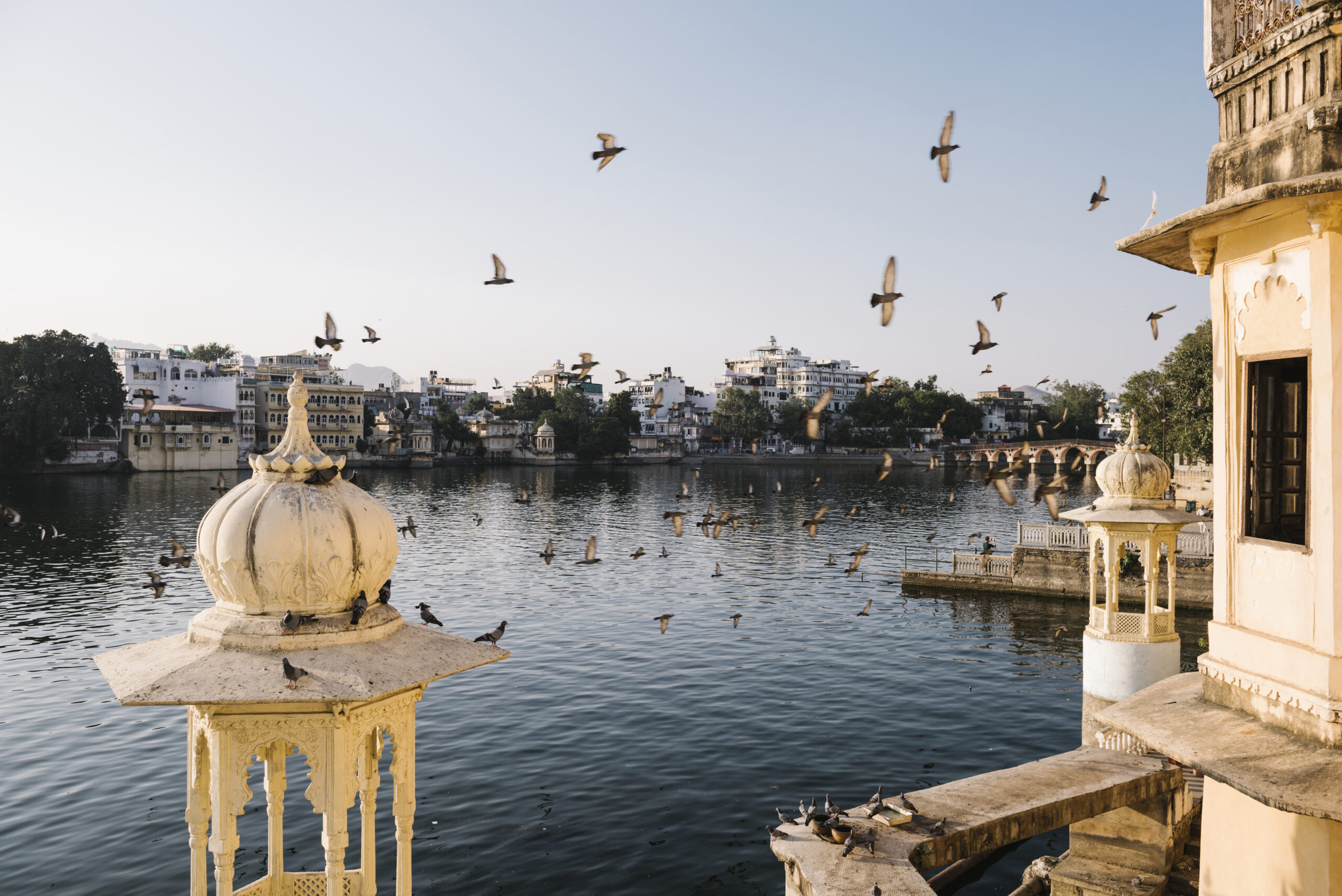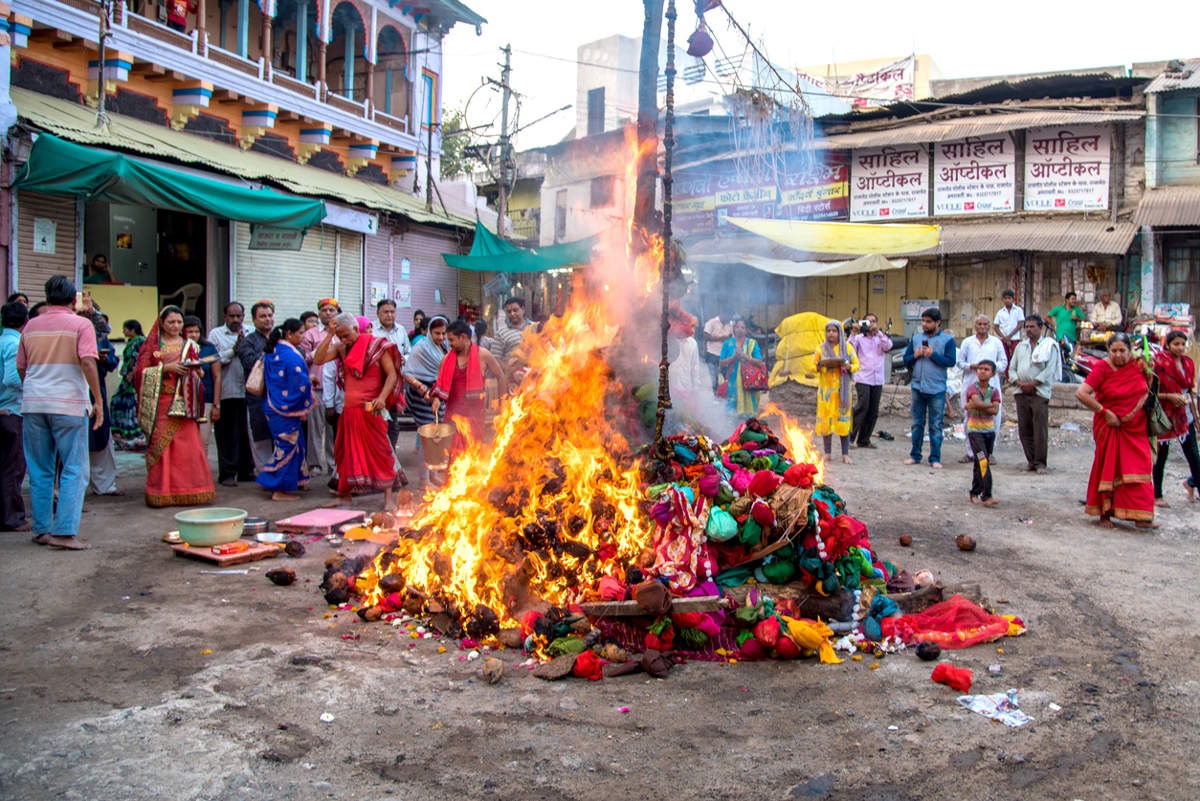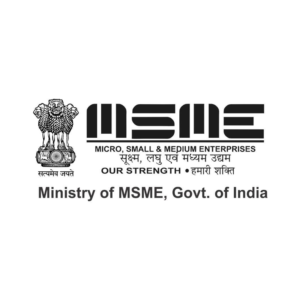Leh Ladakh Tour Packages 2025: Discover the Himalayan Frontier
Why Choose a Leh Ladakh Tour Package? Leh Ladakh is a remote, high-altitude region in northern India that requires careful planning. Pre-booked tour packages take the stress out of: Inner Line Permits & transportation Altitude acclimatization Accommodation in remote areas Meal planning and expert guides Emergency assistance and safety support





